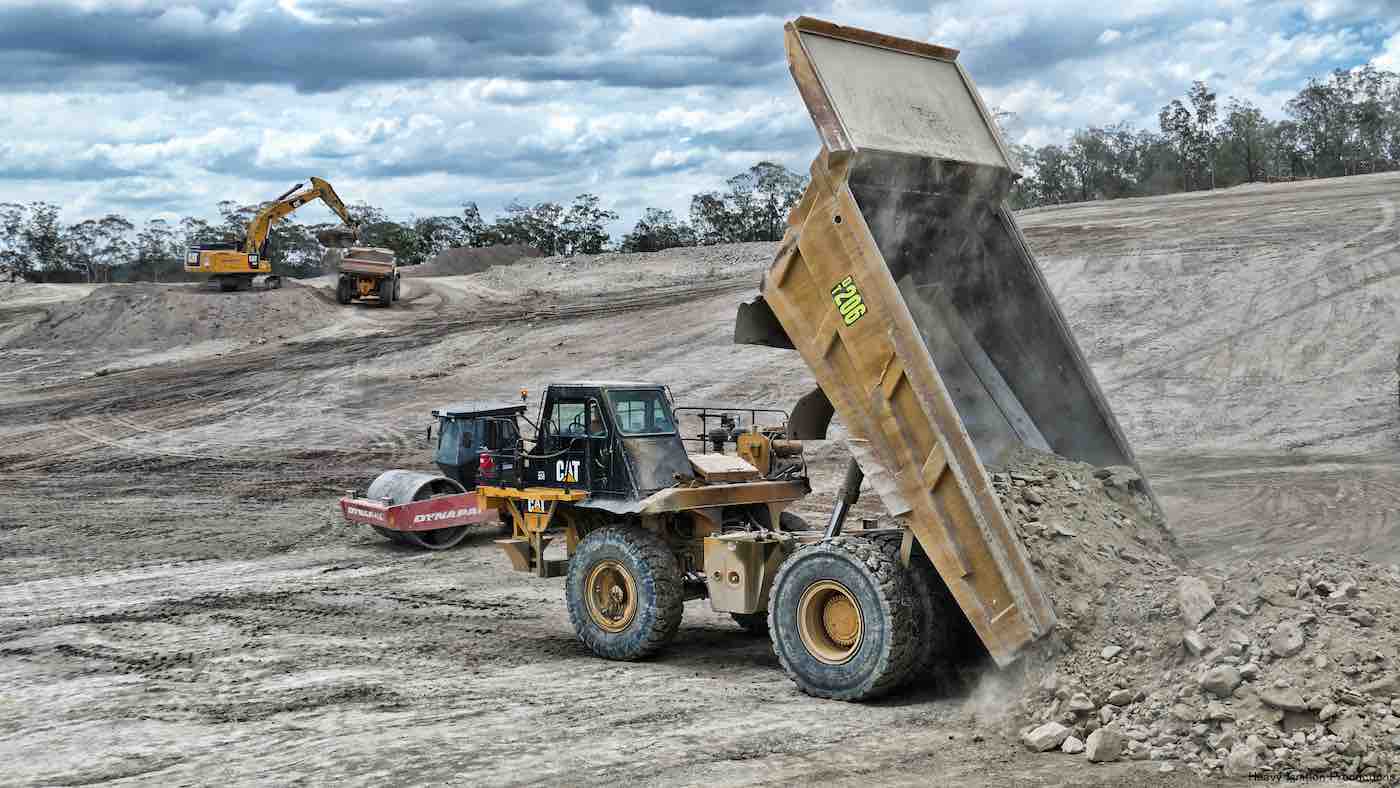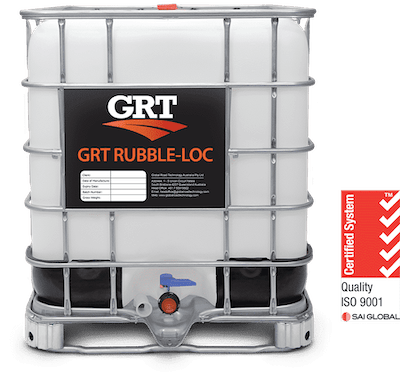Demolition dust suppression is key to achieving a complete demolition project from beginning to end. Demolition dust stays in the air if it is not dealt with and how long it stays in the air depends on many other factors. Demolition produces large amounts of respirable and inhalable dust particles. There are different concentrations of particulate matter (PM) that are produced over the demolition period and silica dust is one major pollutant of concern. PM1.0, PM2.5, PM4.25 and PM10 of different types of dust affect different areas within and beyond the demolition area. Demolition dust poses respiratory health hazards to workers and people residing within the vicinity of demolition activities. Demolition dust control Australia will be evaluated from how it is controlled, what is used, health hazards, types of dust, areas of concern, GRT demolition dust control products and why you should choose them and lastly benefits of demolition dust control.
How do you suppress dust during a demolition?
Demolition dust suppression consists of a series of steps that are entirely dependent on the nature of the demolition project although the key elements of the demolition dust control plan are universal across all industries. This is how you suppress dust during demolition:
- Identify the sources of demolition dust in your project.
- Match your operational requirements with the demolition method.
- Strategically place your dust control equipment for adequate coverage.
- Use a dust suppression system that sprays droplets of similar size to dust particles.
- Perform preventative demolition dust suppression before and during demolition.
- Perform corrective demolition dust suppression after demolition.
- Make sure demolition dust suppression is both preventative and corrective.
- Demolition dust suppression should be a barrier to knock down airborne dust.
What do you use to suppress dust during demolition?
There are different components to the hierarchy of demolition dust suppression. These components fulfil the five rungs of the hierarchy of controls which include elimination, substitution, engineering controls, administrative controls and personal protective equipment. In the suppression of demolition dust the most effective control is targeted towards the elimination of dust. The closer you can get to the elimination of the dust hazard, the more ideal it for health and safety of workers and communities within the vicinity of demolition operations. This is what is used for demolition dust suppression with the intention of dealing with demolition dust at its source:
- Atomized water.
- Surfactants.
- Liquid polymers.
- Water systems.
- Nozzles.
- Automated dosing units.
- Fog cannons.
- High pressure fans.
- Water pumps.
- PPE.
What are the health hazards caused by demolition dust?
There are different health hazards that develop from exposure to demolition dust. Demolition dust can be a threat to occupations that work with dust and non-occupational when the dust travels from the demolition source to other areas. These are the health hazards caused by demolition dust:
- Asthma.
- Chronic pulmonary obstructive diseases (COPD).
- Silicosis.
- Asbestosis.
- Pulmonary fibrosis.
- Mesothelioma.
- Lung cancer.
- Plumbism.
- Cancer of the nasal cavity.
- Renal and cardiovascular diseases.
What types of dust are produced during demolition?
There are different types of dust produced during demolition. These dust types also depend on the nature of the building or structure that is being demolished. Hence it is important to plan the demolition dust suppression with the plan of the building to have a good knowledge of what you are dealing with. These are some of the types of dusts based on the contaminants that are prevalent in demolition:
- Silica dust.
- Asbestos dust.
- Lead dust.
- Wood dust.
- Aluminium dust.
- Zinc dust.
- Magnesium dust.
- Sodium dust.
- Chlorine dust.
 What are the areas of concern on a demolition site?
What are the areas of concern on a demolition site?
There can be different areas of concern that are susceptible to dust on a demolition site. Sampling can take place in these different areas and different PM can be obtained depending on how far dust travels from its source. These are the areas of concern on a demolition site include:
- Background downwind of demolition site which is used as a reference.
- Fixed site downwind of demolition site.
- Different mobile spots around the demolition site.
- Engineer’s onsite office.
- Excavator cabin.
- People living close to the demolition site.
- Sensitive areas such as schools and hospitals.
Why choose GRT’s demolition dust suppression system?
GRT demolition dust suppression system includes products such as GRT Rubble-Loc and GRT: ACTIVATE. These products are cost-effective dust and wind erosion technologies which gives surrounding residents peace of mind that dust and potential contaminants can be locked down onsite. These are the key benefits of GRT demolition dust suppression system:
- Low cost: it’s the cheapest and most effective insurance on the market!
- Flexible: quantities and applications can be tailored for applications from a few days to 12 months.
- Simple: apply through existing dust suppression systems.
- Environmental: product is safe for the environment and stops the transport off-site of dust into surrounding neighbourhoods or sensitive ecosystems.
- Ultimate product: solves wind and rain erosion problems – keeping materials locked onsite!
- Health benefits: strips our hazardous dust particles – eliminating the cause of respiratory illness and public complaints.
- Water savings: reduce water consumption for dust control.
- Robustness: product characteristics allow it to be applied across a diverse range of industries. system
Exposure to fine particles of demolition dust is not healthy, not at all. Most of them are carcinogenic and often result in cancers that are fatal. Failure to implement an effective demolition dust control is detrimental to the lives of workers and communities susceptible to dust that stays in the air after a demolition project. Effective demolition dust control techniques at the source of demolition dust is a matter of saving lives in the present and future. Demolition dust control at the source of dust reduces the risk of lung diseases. There is never a safe amount of demolition dust exposure. At the very least, GRT demolition dust control products can be used to wet down the fall area and that keeps the contaminated demolition dust from being blown into the neighborhood. The respirable silica dust from the demolition structure is bad enough without having it mixed with the contaminants. Dust from demolition work, if badly managed, can cause environmental nuisance. Reach out to Daniel Grundy to hear more about how GRT can help you in your demolition dust control plan in Australia.
Your feedback is important to us. If you enjoyed reading this Global Road Technology industry update and found it informative, please let us know by leaving a REVIEW.
REFERENCES
Troy Adams
Troy Adams is the Managing Director of Global Road Technology (GRT) Specialising in Engineered Solutions for Dust Suppression, Erosion Control, Soil Stabilisation and Water Management. A pioneering, socially conscious Australian entrepreneur, Troy Adams is passionate about health and safety and providing innovative solutions that are cost-effective to the mining industry, governments and infrastructure sectors. Troy is also a tech investor, director of companies like Crossware, Boost, Hakkasan, Novikov and more.
MORE INDUSTRY ARTICLES
January 25, 2021
What are the common erosion control products?
January 13, 2016



